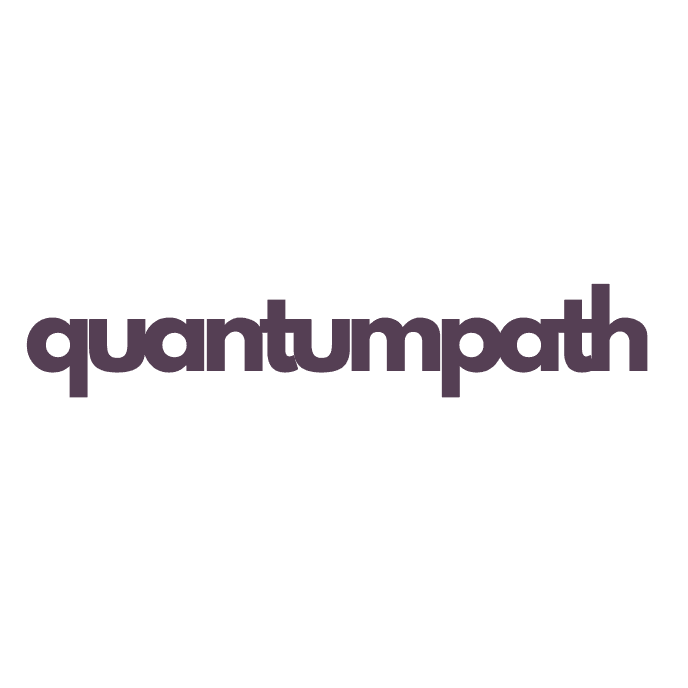Latest Trends in Workplace Diversity and Inclusion Strategies
AB
Introduction to Workplace Diversity and Inclusion
In today's globalized world, workplace diversity and inclusion have become paramount for organizations aiming to foster a productive and innovative environment. Companies are increasingly recognizing the value of having a diverse workforce that reflects the varied backgrounds and perspectives of society.
The latest trends in workplace diversity and inclusion strategies focus on creating a culture where every employee feels valued and empowered. This goes beyond mere representation and involves real changes in policies and practices.

Emphasizing Inclusive Leadership
Inclusive leadership is a cornerstone of modern diversity strategies. Leaders are being trained to understand and embrace diversity, ensuring that all voices are heard and respected. This involves actively seeking out diverse perspectives and incorporating them into decision-making processes.
Companies are also developing mentorship programs that connect diverse employees with leaders, fostering growth and development while promoting a culture of inclusion from the top down.
Inclusive Leadership Characteristics
- Open-mindedness
- Empathy
- Active listening
- Commitment to equity

Leveraging Technology for Inclusion
Technology is playing a vital role in advancing diversity and inclusion efforts. Tools such as AI-driven analytics are being used to identify and address unconscious biases in hiring and promotions. These technologies help in creating a fairer workplace by ensuring that decisions are based on merit rather than unconscious prejudices.
Moreover, remote work technologies are making it easier for companies to hire talent from diverse geographical locations, further enriching the workplace culture.
Creating Supportive Employee Resource Groups
Employee Resource Groups (ERGs) are gaining popularity as an effective way to support diversity and inclusion. These groups provide a platform for employees to connect over shared experiences and interests, fostering a sense of community and belonging.
ERGs can play a crucial role in advising leadership on diversity policies and initiatives, ensuring that they align with the needs and values of the workforce.

Focusing on Mental Health and Well-being
Mental health is an essential component of a diverse and inclusive workplace. Organizations are increasingly implementing strategies to support the mental well-being of their employees, recognizing that a healthy workforce is a more productive one.
Initiatives such as flexible working hours, mental health days, and access to counseling services are becoming standard practice in companies committed to inclusion.
The Road Ahead
As organizations continue to refine their diversity and inclusion strategies, the focus will remain on creating a workplace where everyone feels respected and valued. By embracing these trends, businesses not only enhance their own success but also contribute to a more equitable society.
The journey towards true inclusion is ongoing, but with continuous effort and commitment, companies can build a more inclusive future for all.
